The Equity Yield Curve: A Long-Term Perspective on Investing

Understanding the Equity Yield Curve
The equity yield curve is a concept first introduced by Nick Sleep and Zackaria Qais, portfolio managers at Nomad Investment Partnership1 , in one of their letters to shareholders. Between 2001 and 2013, money invested in the partnership compounded at an annual return of 20.8% vs approximately 5.0% for the S&P 500 and 6.5% for the MSCI World during the same period.
The two investors argue that patience has value in equity markets and that returns increase as the investment duration increases, similarly to a bond market yield curve. However, unlike the bond market where higher yields compensate for increased risk, in the case of equities the outcome of a business can be more predictable over longer time horizons than in the near term.
Traditionally, when valuing a business, investors forecast different future outcomes and assign a probability for each intermediary step necessary to attain one of these outcomes. The share price is the result of the aggregation of the weighted probability estimates for each of these steps.
The Pitfalls of Short-Term Thinking
However, Sleep and Qais sustain, “this is not an accurate representation of what the future will be” 2 . In reality, the company will visit only one of the possible outcomes, before moving to the next and so on. Short terms investors, who spend their time trying to guess the possible outcomes at each of the next steps, actually handicap the probability of enduring favorable prospects for the company.
Some high-quality businesses, in fact, “once they have progressed down the first favorable branch, stand a much greater chance of progressing down the second favorable branch, and then the third, as a virtuous feedback loop builds. The process takes time, but a favorable result at any one stage increases the chances of success further down the line, as it were” 3 .
By focusing too much on the most recent results and continuously assessing probabilities of different outcomes on the back of new information, short-term investors dampen the potential gain of a stock over the long term.
Wärtsilä’s Strategic Evolution
To better illustrate the concept, we introduce the case of Wärtsilä Corporation, a Finnish technology group specialized in marine and energy solutions in which Borealis GAM is invested in its portfolio mandates. Wärtsilä sells a comprehensive range of engine and propulsion solutions for merchant vessels, gas carriers, cruise & ferry, navy, and special vessels.
Through acquisitions and internal innovation, the company was able to shift its business model by expanding its maintenance and service offerings. The stability of the service business, in turn, allowed the company to continue to innovate during market fluctuations and provided cashflows that were reinvested in automation assets, energy management and analytics solutions, positioning the company to take advantage of the increasing digitization of marine and energy systems.
The company was not immune from hardship, resulting in a portfolio repositioning under the new CEO appointed in 2020. Part of the cash flow generated by this repositioning allowed the company to reduce its balance sheet debt, but also to invest significantly in new marine fuels of the future, such as ammonia, biofuels, and hydrogen. The decision to fully collaborate with its ecosystem also made it possible to share costs and accelerate the transition to more sustainable maritime transport.
In recent years, sustained demand for lower-emission marine engines has enabled the company to sign more contracts for equipment delivery, as well as maintenance and spare parts services, enhancing profitability and revenue stability. The adoption of the 2023 International Maritime Organization (IMO) GHG Strategy — which calls for a reduction in greenhouse gas emissions of at least 20% by 2030 and at least 70% by 2040 — has increased the predictability of Wärtsilä's operations, resulting in better allocation of capital resources and greater financial strength, thus expanding the investment options available in the coming years.
However, the timing of new contract signings is quite irregular from quarter to quarter, leading to some volatility in the share price. Despite these short-term fluctuations, management has remained on track and delivered a solid total return of 311% versus 141% for the MSCI World over the past five years. Today, Wärtsilä enjoys technological leadership, regardless of fuel technology evolution and is best positioned to continue to play a key role in the energy transition of the global shipping industry for many years to come.
Handicapping Good Decisions
Analysts and investors certainly do recognize the improving conditions of a company, but they also tend to be indifferent to them and they do not adjust upward the probability that business will keep improving, missing the big picture.
As a matter of fact, sell-side financial analysts, on whose research many industry operators base their investment decisions, typically formulate company estimates that do not go beyond two or three years further in the future, and they do this for any type of company, no matter the nature of the business.
Investors, for their part, tend to own stocks with an average holding period of only 5.5 months, according to a recent article published by Reuters4 . While institutional investors tend to retain stocks longer, they fare only slightly better, with an annual portfolio turnover ranging between 60% and 80% on average5 , which implies a holding period of 15-20 months.
In our opinion, the main causes of this excessive short-termism are the following:
- External pressures: it is industry’s standard practice to evaluate mutual fund performance on a yearly, or even quarterly, basis. As Michael Mauboussin points out: “portfolio manager may not have the luxury of thinking long-term”6 .
- Misaligned incentives: fund managers’ compensation is in turn linked to the performance of the fund over a one-year time horizon, forcing them often to sell too soon long-lasting winners. - Myopic loss aversion: portfolio managers who check the performance of their holdings too frequently, given the above considerations, are likely to be more averse to loss (especially in more volatile mandates)7 .
- The recent proliferation of online brokerage services which, coupled with a continuous decline in transaction fees, removed one of the main attritions to trading activities
- The survival of investment myths and clichés whose validity has been, however, proven wrong by the market, or that used to work in the past but whose efficacy has disappeared through time (think of the reversion to the mean phenomenon).
The Derisking Effect of Patience
The long-term prospects of high-quality businesses remain therefore undiscounted, suppressing the current share price, increasing the rewards for those investors able to spot these opportunities and patient enough to reap them.
Investors’ tendency to attempt to anticipate quarterly earnings and resulting share price movements position themselves at the short end of the equity yield curve, where also the competition is the greatest.
Investors who instead focus on long-term value creation and align their strategy to companies that prioritize long-term growth - i.e. are positioned on the long-end of the equity yield curve – detach themselves from the crowd and gain a competitive advantage in the market. By doing this, “the return from investing in shares” Sleep and Qais conclude, “can then be both increased and de-risked over time” 8 .
In an era where information travels at the speed of light and transaction costs are virtually zero, abstaining from the short-term noise and focusing on the long-term prospects of a business remains probably one of the only ways active managers can retain a competitive edge.
Positioning on the long end of the equity yield curve will prove successful, however, only if the underlying company has quality characteristics so that in the future it will be worth more than it is today.
How can an investor distinguish an outstanding business from a mediocre one? The answer lies in the degree of competitive advantage enjoyed by a firm, its financial solidity, its underlying growth in earnings, the competence of its management, the alignment of incentives among stakeholders, its board dynamics and the diversity of thoughts.
This is, at least, our way of approaching investment opportunities.
_______________________
REFERENCES
1: Nicholas Sleep, Zacharia Qais, Full collection of Nomad Partnership Letters - Annual Letter for the period ended December 31st, 2006, page 105.
2: Nicholas Sleep, Zacharia Qais, Full collection of Nomad Partnership Letters – Half-Annual Letter for the period ended June 30th, 2010, page 176.
3: Idem.
4: https://www.reuters.com/article/markets/stocks/buy-sell-repeat-no-room-for-hold-in-whipsawing-marketsidUSKBN24Z101/
5: https://icfs.com/financial-knowledge-center/turnover-ratios-and-how-compute-them
6: Michael J. Mauboussin, Legg Mason Capital Management - Mauboussin on Strategy: Size Matters, February 1, 2006
7: Idem.
8: See note 1
Disclaimer:
This article is for informational purposes only and does not constitute investment advice. Borealis GAM may be invested in the securities of companies mentioned herein, creating a potential conflict of interest. While we strive for objective analysis, this should be considered. Past performance is not indicative of future results, and all investments carry risk, including loss of principal. Consult a financial advisor before making investment decisions. The information provided is based on our opinions and current holdings, which are subject to change without notice, and we make no warranties as to its accuracy or completeness.







